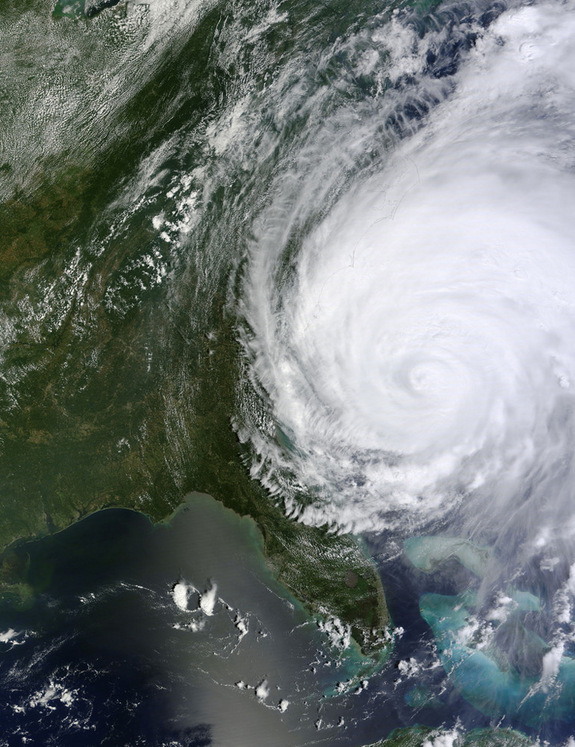Yesterday in my weekly Forbes.com column, I wrote, “When Hurricane Irene made landfall in North Carolina, it marked the first time in over 1,000 days – just shy of three years – that a hurricane struck the contiguous United States. This matched the periods from 1980 through 1983 and 1999 through 2002 as the longest periods in recorded history that a hurricane did not strike the United States.”
I may have been wrong.
Willis Eschenbach has posted an excellent commentary on meteorologist Anthony Watts’ webpage documenting that the Cape Lookout wind recording station measured only tropical storm winds as Irene’s eye approached and passed over its landfall at Cape Lookout, North Carolina. No other land-based wind recording stations measured sustained hurricane force winds anywhere else, either.
At Cape Lookout, sustained wind speeds came within just a couple miles per hour of hurricane strength, so normally the discussion of whether Irene made landfall as a hurricane or tropical storm might seem rather nit-picky. However, if Irene was indeed (as the objective data suggest) a tropical storm rather than a hurricane, it is quite possible the United States is now entering unprecedented territory in terms of years and months between hurricane strength.
Even that might seem rather academic if not for the ridiculous flood of alarmist global warming claims that “Hurricane” Irene is more proof of catastrophic global warming. Even if Irene was a hurricane at landfall, it stands to reason that our long-lasting dearth of hurricanes would have to end sometime. But if Irene was indeed merely a tropical storm at landfall, the alarmists look sillier still for claiming global warming causes an increase in hurricane activity.
I’ll admit when I am wrong. I may have been wrong in yesterday’s column; “Hurricane” Irene may not have ended our record dearth of hurricane strikes after all.





